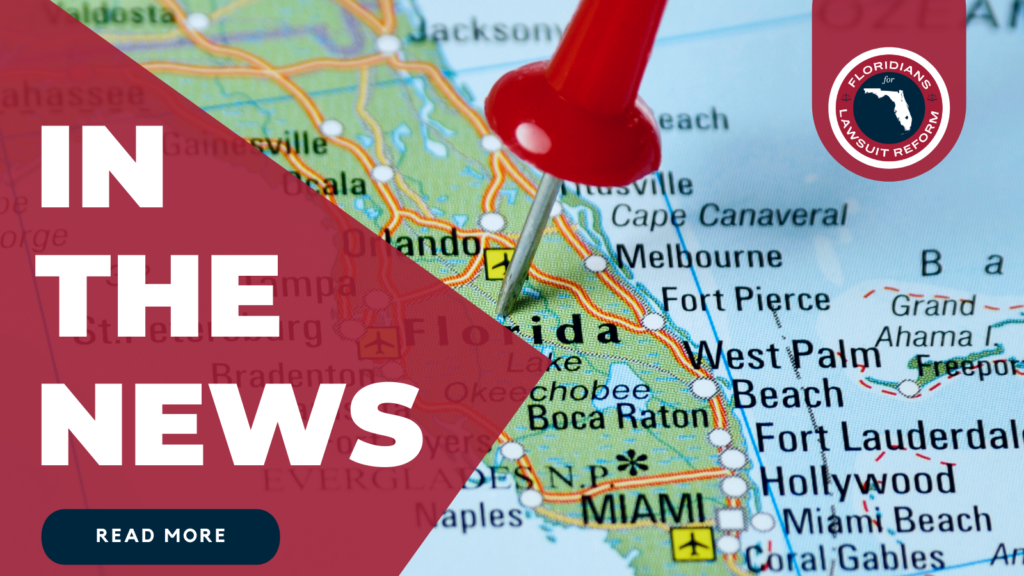
By RON HURTIBISE SOUTH FLORIDA SUN SENTINEL | DEC 15, 2021 AT 2:17 PM
Customers of Citizens Property Insurance Corp., Florida’s insurer of last resort, will pay hundreds of dollars more a year after Aug. 1 if state regulators OK the 11% and 12% statewide maximum allowable rate increases approved by the company’s Board of Governors on Wednesday.
Carlos Beruff, chairman of Citizens’ board of governors, convinced fellow board members to jettison recommendations from the company’s actuaries. Those recommendations called for rate increases averaging 8% for policies purchased by homeowners and condo owners.
Beruff interrupted a presentation by a Citizens official who was attempting to explain why customers in some counties would see lower increases than in others.
“Why don’t we just go for the 11% [2022 hike] and call it a day?” Beruff said.
If the proposed increases are approved by the Office of Insurance Regulation, all Citizens customers will see premiums rise sharply over the next two years.
Broward County customers who buy the company’s typical multiperil home insurance policy, for example, would see their average $3,910 premium increase by 8.3%, or $430, instead of the $323 hike originally proposed by Citizens staff members.
Palm Beach County customers, originally slated for an average hike of 7.9%, or $280, would instead see their average $3,526 premium increase by $388.
And in Miami-Dade County, which had been targeted for an increase of just 3.2%, or $129, over their current $4,083 premium, would see that premium hiked by $449.
Combined, 162,737 tri-county homeowners purchase multiperil coverage, which includes hurricane coverage, from Citizens. Another 34,557 tri-county consumers purchase lower-cost multiperil condo insurance. And 27,987 tri-county customers purchase wind-only coverage for their houses or condos.
All will be subjected to an 11% rate increase if their policies renew between Aug. 1 and Dec. 31, or 12% increase if their policies renew after January 1, 2023.
Miami-Dade customers had been targeted for a lower rate increase than Broward and Palm Beach counties because litigation rates for non-weather-related water claims have declined in the county in recent years, and because rates there had been increased sharply when litigation rates were higher several years ago.
Rates for Citizens, created for homeowners who otherwise cannot buy affordable coverage, have never been what’s referred to as actuarily sound — reflective of what the actual cost of providing insurance should be if the company was in the private market.
That’s because rate increases for Citizens’ policyholders have been artificially capped at 10% a year since 2010. Citizens could increase rates by less than 10% and remain financially sound because, unlike private market companies, the company is exempt from paying taxes, pays lower rates for reinsurance, pays lower commissions to agents, and is exempt from lawsuits claiming the company acted in bad faith. Citizens also generates investment income from its $6.5 billion surplus.
Those lower rates have made Citizens cheaper and thus more popular compared to private market companies who have been forced by market realities to raise their rates higher than 10%. The price difference, along with withdrawals from high-risk metro areas by many private market insurers, have led to unsettling growth of Citizens’ policy count.
After hitting a low of 421,332 in 2019, the company’s policy count increased to 747,654 as of last Friday, and is projected to surpass 1 million next year.
That prospect has alarmed lawmakers and Citizens’ officials, who fear prospects of a catastrophic hurricane wiping out the company’s $6.5 billion surplus. If that happens, Citizens’ customers face special assessments of up to 45% of their policy costs. If that’s still not enough, the company would have authority to assess surcharges against all property insurance customers in the state, including homeowners and auto insurance customers.
Since his appointment as chairman in November 2020, Beruff has called for increasing Citizens’ costs to make the company less attractive to new customers.
Lawmakers accommodated his request last spring by enacting reforms that increased the 10% rate hike cap to 11% beginning on Aug. 1 of next year, and to 12% beginning in January, with three more 1% increases to follow in subsequent years.
Originally proposed rate hikes would have averaged 8% for personal lines policies statewide. That’s still significantly higher than Citizens’ annual rate increases have been in recent years, especially in less-populated counties in the northern and central parts of the state.
Policyholders will have a chance to share their opinions about the proposed rate increases. State law requires the Office of Insurance Regulation to hold public hearings before deciding whether to approve the requests as submitted, or reduce the levels of increase based on its own analyses of Citizens’ financial needs. Those hearings will likely be held early next year.
